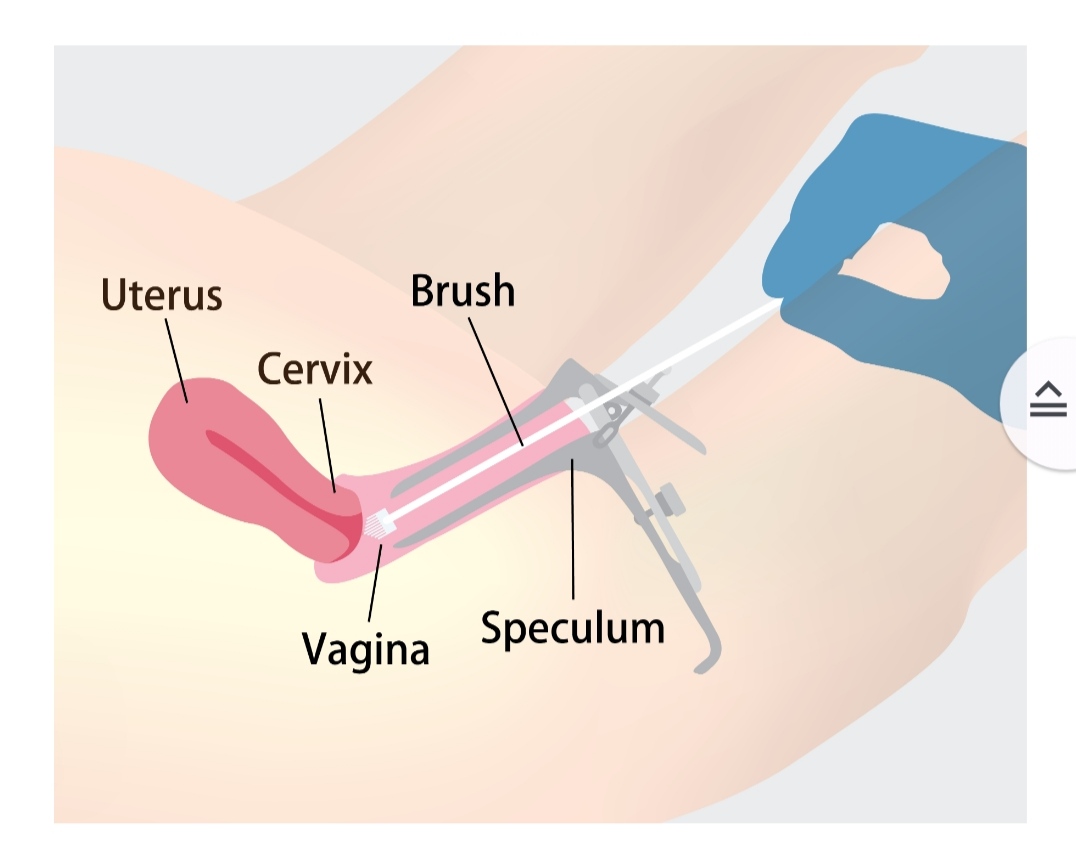The Importance of Regular Pap Smears: What You Need to Know
Home / The Importance of Regular Pap Smears: What You Need to Know
Home / The Importance of Regular Pap Smears: What You Need to Know

Introduction:
Regular health screenings are essential for maintaining overall well-being, and one crucial test that women should prioritize is the Pap smear. This simple procedure plays a vital role in detecting cervical cancer early when it's most treatable. In this blog, we'll delve into the importance of regular Pap smears, what they involve, when to get them, and what to expect during the process.
Why Are Pap Smears Important?
Cervical cancer is one of the most preventable cancers, thanks in large part to the Pap smear. This screening test is designed to detect abnormal cells on the cervix before they develop into cancer or detect cervical cancer in its early stages when treatment is most effective. By identifying precancerous changes early, women can receive timely interventions to prevent the progression to cervical cancer.
When Should You Get a Pap Smear?
The recommended age to start Pap smear screenings can vary slightly depending on guidelines from different health organizations. However, in general, it's recommended that women begin regular Pap smears at age 21, regardless of sexual activity. Women aged 21 to 29 should typically have a Pap smear every three years if results are normal. From ages 30 to 65, the frequency may vary based on individual risk factors and the presence of HPV testing, with some opting for a Pap smear every five years or a combination of Pap smear and HPV testing every five years.
What Happens During a Pap Smear?
Getting a Pap smear is a relatively simple and quick procedure that can be done during a routine gynecological exam. Here's what typically happens:
1. **Preparation**: You'll be asked to undress from the waist down and lie on an exam table, usually with your feet placed in stirrups.
2. **Examination**: The healthcare provider will gently insert a speculum into the vagina to widen it and get a clear view of the cervix.
3. **Cell Collection**: Using a small brush or spatula, the provider will collect cells from the cervix by gently scraping its surface. This process may cause mild discomfort but shouldn't be painful.
4. **Specimen Collection**: The collected cells are then placed in a solution and sent to a laboratory for analysis.
5. **Completion**: Once the sample is taken, the speculum is removed, and the exam is complete.
What Do Pap Smear Results Mean?
After the Pap smear, it's normal to feel anxious while awaiting the results. The findings of a Pap smear are typically categorized as normal, unclear (equivocal), abnormal (indicating the presence of abnormal cells), or unsatisfactory (meaning the sample couldn't be adequately analyzed). Depending on the results, further testing or follow-up may be recommended.
Conclusion:
Regular Pap smears are a vital aspect of preventive healthcare for women. By undergoing